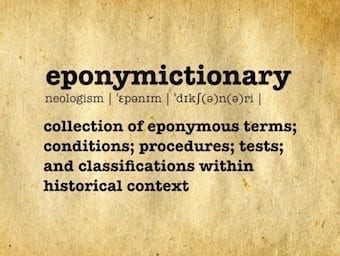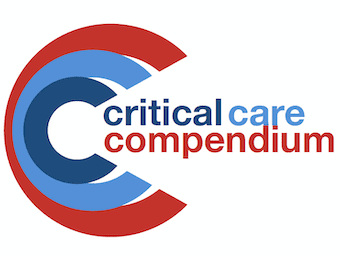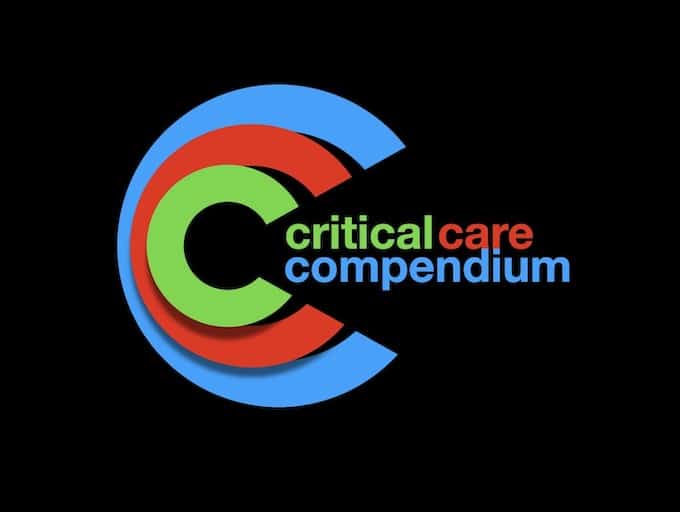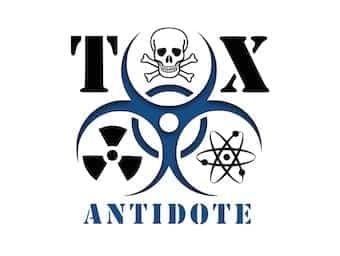
Hypercalcaemia DDx
Hypercalcaemia: Nature: Bones, stones, groans and psychic moans. Usually associated with increased calcium release form bones and impaired renal removal and malignancy

Hypercalcaemia: Nature: Bones, stones, groans and psychic moans. Usually associated with increased calcium release form bones and impaired renal removal and malignancy

Chvostek sign is contraction of facial muscles provoked by lightly tapping over the facial nerve anterior to the ear as it crosses the zygomatic arch.

Calcium has inotropic and vasopressor effects; direct relationship between ionized calcium levels in the blood and arterial pressure has been found in the critically ill

Calcium: highly regulated cation
involved in: cell death, duration and strength of cardiac muscle contraction, muscle contraction in blood vessels, airways and uterus, coagulation, bone metabolism, neurotransmitter and hormone release…

Hypocalcaemia: Reduced intake; redistribution and increased output

Ca2+ exists in the extracellular plasma two states: (1) free ionized state and (2) bound to other molecules (mostly albumin, rest – beta-globulins, phosphate, citrate)
ionized Ca2+ concentration is inversely related to pH -> an increase in pH results in a decrease in ionized Ca2+

Calcium Replacement: controversial issue; generally accepted that patient should have replacement if ionised Ca2+ < 0.8mmol/L

Calcium is the most abundant mineral in the body. 1.5% of body weight; 99% is in bone matrix; 1100gramm (27mmol)

Causes of HYPOcalcaemia: Commonest causes: HYPOalbuminaemia and HYPERventilation

Calcium – useful antidote for calcium channel blockers, hydrofluoric acid exposure to skin or systemic fluorosis, ethylene glycol (hypocalcaemia), hyperkalaemia and iatrogenic hypermagnesaemia.